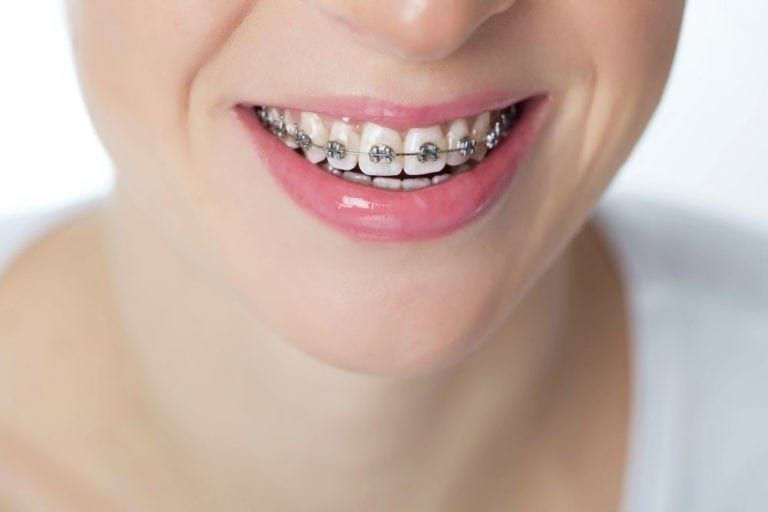How Often Should You Get a Panoramic Dental X-Ray?
- dclinicdubai
- Apr 22
- 3 min read
When it comes to maintaining optimal oral health, diagnostic tools like panoramic X-rays are essential in identifying underlying issues before they become serious. If you’ve recently been recommended a Dental Panoramic X-Ray in Dubai, you might be wondering how often this type of imaging is truly necessary. The answer depends on several factors, including your age, oral health history, current symptoms, and treatment plans. Understanding the recommended frequency and purpose of panoramic X-rays can help you make more informed decisions about your dental care.

Understanding Panoramic Dental X-Rays:
A panoramic dental X-ray captures a single, wide-angle image of your entire mouth—showing all your teeth, upper and lower jaws, sinuses, and surrounding bone structure. Unlike traditional bitewing or periapical X-rays, this imaging technique offers a broader perspective and is especially useful for detecting impacted teeth, cysts, tumors, jaw disorders, or planning orthodontic treatments. Its non-invasive nature and detailed results make it a go-to option for both routine screenings and specialized dental assessments.
Routine Guidelines for Healthy Individuals:
For individuals with good oral health and no history of dental complications, dentists generally recommend getting a panoramic X-ray once every 3 to 5 years. This timeframe allows for adequate monitoring of the mouth's development and structural integrity without unnecessary exposure to radiation. If no symptoms or significant changes are observed during routine dental exams, panoramic X-rays can be spaced out accordingly to limit imaging frequency while still providing comprehensive oversight.
Age-Related Considerations:
Children and teenagers may require more frequent panoramic X-rays due to their ongoing dental development. As new teeth emerge and jaws grow, dentists need to assess alignment and detect potential issues early on. Typically, a panoramic X-ray is taken once during early adolescence to monitor permanent tooth eruption and jaw growth. In adults, however, the frequency often decreases unless there are specific concerns or treatment plans that warrant closer observation.
Monitoring Ongoing Dental Treatments:
Patients undergoing long-term dental treatments—such as orthodontic work, dental implants, or periodontal therapy—may need panoramic X-rays more frequently. These images help dentists track progress, evaluate bone health, and ensure that treatments are progressing as planned. In these cases, the dentist may recommend a panoramic X-ray every 12 to 24 months, depending on the complexity and duration of the treatment.
Diagnosing Unexplained Symptoms:
If you’re experiencing symptoms like jaw pain, chronic headaches, facial swelling, or difficulty opening your mouth, a panoramic X-ray may be ordered regardless of when your last one was taken. These symptoms could indicate hidden issues such as temporomandibular joint disorders (TMJ), cysts, or infections that are not visible through standard exams. The panoramic view helps dentists diagnose the root cause more accurately and initiate appropriate treatment.
Identifying Oral Health Risks:
Certain health conditions or lifestyle factors may necessitate more frequent panoramic imaging. For example, smokers, patients with a history of gum disease, or individuals at risk for oral cancer may need closer monitoring. In such cases, dentists might suggest a panoramic X-ray every 2 to 3 years to keep an eye on potential changes in bone density or abnormal growths. This proactive approach aids in early detection and more effective intervention.
The Role of Dental History and Individual Needs:
No two mouths are the same, and dental care should always be personalized. If you have a history of impacted teeth, frequent infections, or structural issues, your dentist may recommend more frequent imaging—even if you're not currently experiencing symptoms. Conversely, if your mouth has remained stable for years and you're in excellent oral health, you may go longer between scans. A Dental Panoramic X-Ray in Dubai will typically be scheduled based on your unique oral health profile and overall treatment plan.
Final Thoughts:
A Dental Panoramic X-Ray in Dubai is not something you need every time you visit the dentist, but it is a powerful diagnostic tool that plays a critical role in long-term oral health. For most people, getting one every 3 to 5 years is sufficient unless there are underlying issues or ongoing treatments that require more frequent monitoring. Your dentist will evaluate your age, dental history, current concerns, and future plans to determine the ideal frequency for you. Always consult with a trusted dental professional to ensure your imaging schedule aligns with your overall oral health goals.


Comments